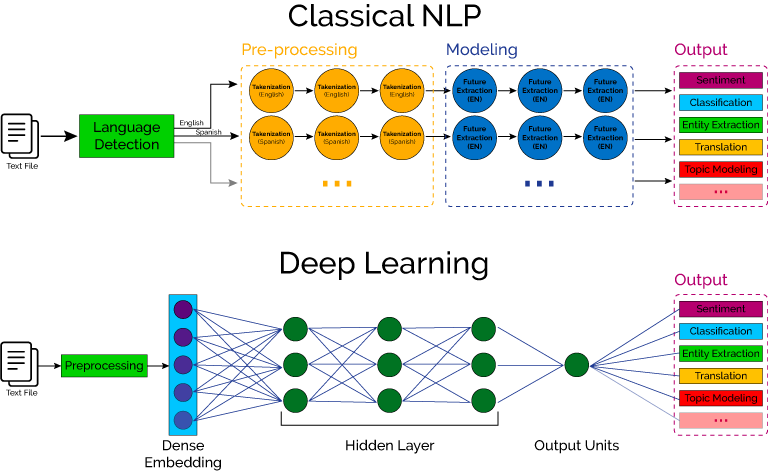Why Deep Learning Matters?

What’s behind the driverless cars? Artificial Intelligence, or more specifically Deep Learning.
Dave Waters
How is deep learning being used?

Speech Recognition
Both the business and academic worlds have embraced deep learning for speech recognition. Xbox, Skype, Google Now and Apple’s Siri®, to name a few, are already employing deep learning technologies in their systems to recognize human speech and voice patterns.
Natural Language Processing
Neural networks, a central component of deep learning, have been used to process and analyze written text for many years. A specialization of text mining, this technique can be used to discover patterns in customer complaints, physician notes or news reports, to name a few.
Image Recognition
One practical application of image recognition is automatic image captioning and scene description. This could be crucial in law enforcement investigations for identifying criminal activity in thousands of photos submitted by bystanders in a crowded area where a crime has occurred. Self-driving cars will also benefit from image recognition through the use of 360-degree camera technology.
Recommendation Systems
Amazon and Netflix have popularized the notion of a recommendation system with a good chance of knowing what you might be interested in next, based on past behavior. Deep learning can be used to enhance recommendations in complex environments such as music interests or clothing preferences across multiple platforms.
Artificial Intelligence is the new electricit
Andrew Ng; MIT, co-founded and led Google Brain, VP Baidu